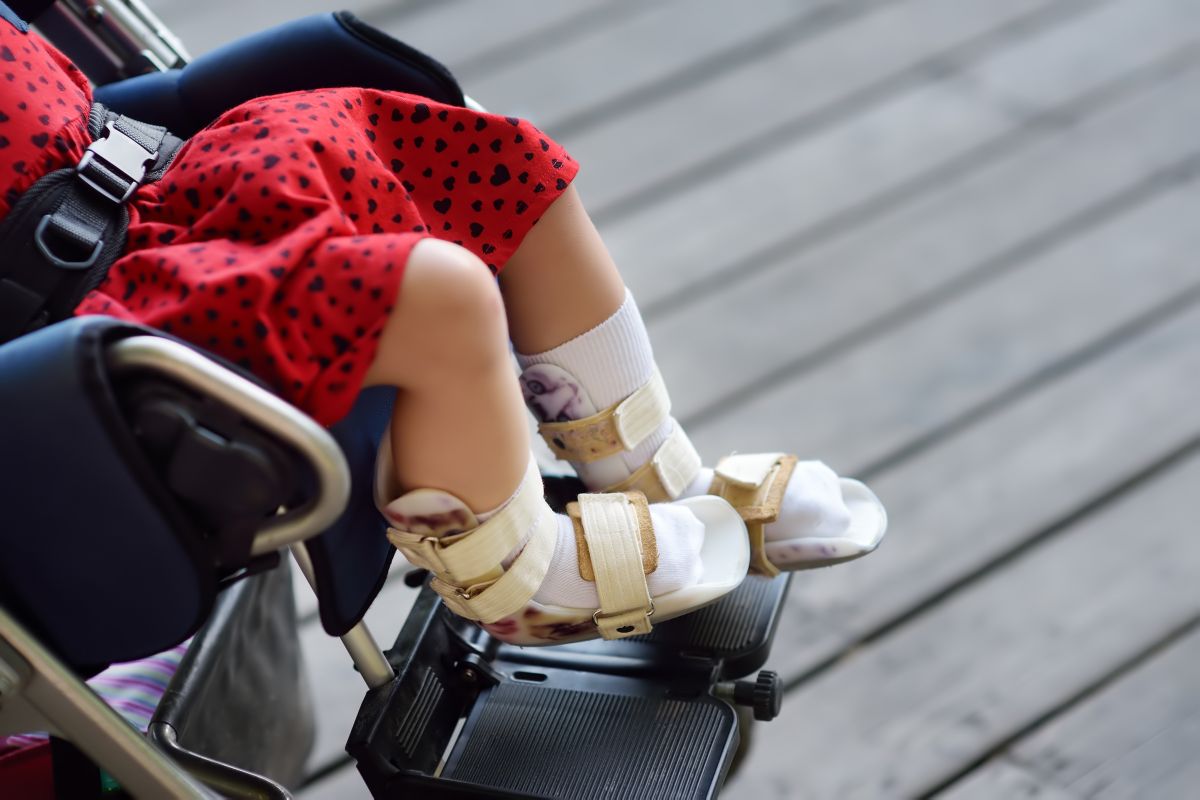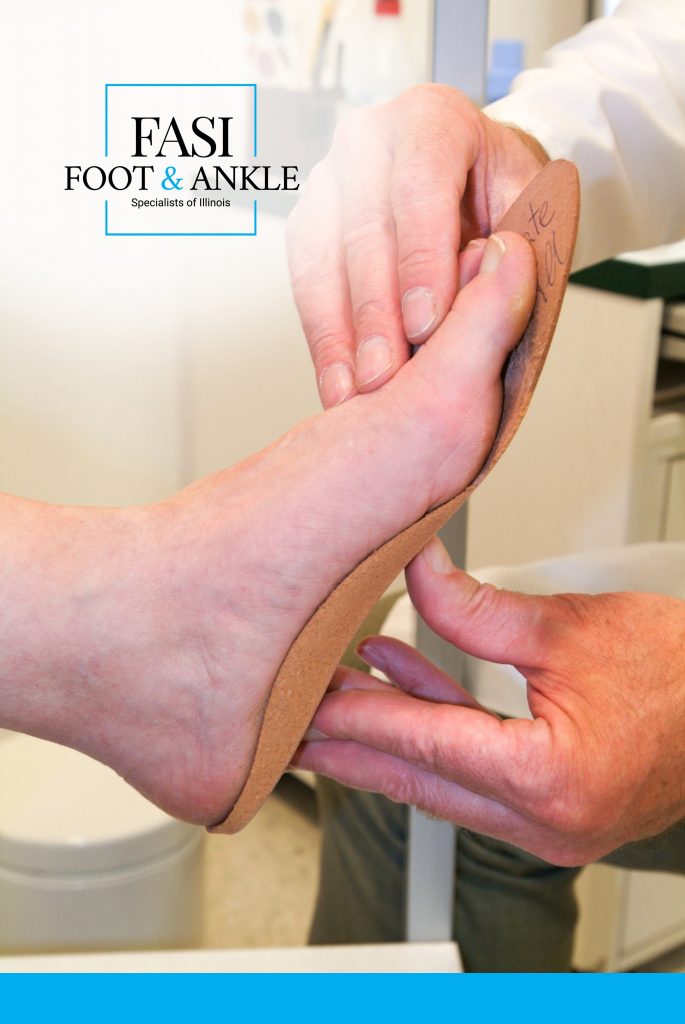How-To Guide for Ski Boot Fitting Wheat Ridge CO
How-To Guide for Ski Boot Fitting Wheat Ridge CO
Blog Article
Custom Fitting for Unique Feet Brighton CO
Boot fitting for ski racing is an important side of the game, enjoying a big function in performance and luxury. A well-fitted boot can improve control, precision, and general enjoyment on the slopes. Ski racing requires the skier to exert immense pressure on their boots, making the proper fit a critical component in attaining optimum performance.
The strategy of boot fitting involves several intricate steps, beginning with understanding the skier's foot shape and dimension. Every foot is unique, and various brands have totally different last widths, heel shapes, and instep heights. A educated boot fitter will take exact measurements, guaranteeing that the skier's foot is accurately represented in the selected boot mannequin.
Once the measurements are obtained, the following stage is the selection of boots that align with the skier's talent degree and racing objectives. For novice racers, a softer boot could present some forgiveness and comfort. In contrast, more advanced racers sometimes require stiffer fashions that facilitate larger vitality switch for heightened management, significantly at excessive speeds.
After choosing the right boot, the fitting process really begins. This is where the boot fitter meticulously focuses on creating a custom-made fit, typically referred to as "shell fitting." The boot is tried on without the liner, allowing the fitter to assess how the shell of the boot contacts the foot. Gaps or pressure points could be identified easily at this stage, with the goal being to eliminate any areas that could lead to discomfort over time.
Regional Custom Boot Fitting Services Northglenn CO
Heat molding is among the most vital parts of boot fitting. This involves heating the liner and sometimes even the shell, allowing it to mold around the skier’s foot. A properly molded liner hugs the foot snugly, offering each heat and comfort. This heat can prevent chilly toes throughout lengthy days on the slopes, a problem that many racers face.
While heat molding is essential, so is making nice changes in the course of the fitting. Often, minor tweaks corresponding to footbeds or insoles may be necessary. A customizable footbed can significantly enhance fit, cushioning, and total assist. It can even improve alignment, which is fundamental for minimizing fatigue and maintaining control during high-speed runs.
Fit Guide for Ski Boots Wheat Ridge CO
It’s necessary to contemplate the flex index of the ski boots. Various producers rate flex in a special way, but usually, junior racers require a softer flex to advertise mobility and adaptableness as they are nonetheless growing expertise. More superior rivals usually go for a stiffer flex that translates into better vitality transmission and responsiveness when carving turns.
Another consideration in boot fitting for ski racing is the stance alignment. Proper alignment of knees, hips, and ankles is essential for efficient vitality transfer and preventing accidents. The boot fitter will assess this alignment and make adjustments, if necessary, to make sure that the skier is in one of the best place for performance.
Custom Boot Fittings Explained Niwot CO
The role of socks can't be ignored in terms of boot fitting. Specialized ski socks, typically made from materials designed for moisture-wicking and insulation, play a significant position in sustaining heat. Additionally, they may help reduce friction inside the boot itself, lowering the probability of blisters throughout extended periods of snowboarding.
Communication between the skier and the boot fitter is crucial all through the fitting process. Skiers should voice any discomfort or pressure points they may really feel, allowing the fitter to deal with those issues instantly. This back-and-forth helps guarantee the final product will meet the skier's particular needs and preferences.
Boot Fitting for Touring Tips Lyons CO
Finally, trying the boots on the snow is irreplaceable. An preliminary fitting can feel nice in the shop, however skiing places a special set of calls for on the boots. If a skier can, they want to test the fit on a practice run or training course to substantiate comfort and performance. This real-world testing helps to determine minor changes that will not have been obvious through the fitting.
In conclusion, boot fitting for ski racing is a meticulous and customized process that greatly impacts a skier’s performance. The correct fit enhances comfort, ensures control, and minimizes the danger of harm. By investing time and a spotlight into finding the proper boots, racers can give attention to what they love most – the fun of the race.
The collaboration between the skier and the boot fitter is crucial in navigating this complicated journey. A excellent fit not only improves performance but in addition fosters enjoyment within the sport. Through quality fitting, attention to element, and personalized adjustments, skiers can take advantage of their racing expertise and attain their full potential on the slopes.
- Precise measurements of foot length and width are important for achieving a cosy fit, minimizing motion that can have an result on performance throughout races.
- Ski boot liners should be heat-molded to ensure a custom fit, permitting for enhanced comfort and improved vitality transfer to the ski.
- The flex rating of a ski boot should match the athlete's snowboarding style, with stiffer boots beneficial for superior racers who require higher control at high speeds.
- Ankle and heel hold is crucial; fit specialists typically make use of varied techniques to make sure these areas are securely locked in place.
- Proper alignment of the boot cuffs can considerably impact steadiness and edge management, making it critical for racers to have well-adjusted cuff positioning.
- The tongue of the boot should ideally provide consistent pressure throughout the instep, stopping discomfort and enhancing responsiveness.
- Using footbeds or custom insoles can improve foot support, providing better stability and decreasing fatigue during lengthy races.
- Attention to vent placement is essential; sufficient air flow helps regulate temperature, preventing numbness or discomfort during runs.
- Evaluating the skier's technique and stance can guide specific boot adjustments, tailoring the fit to enhance general performance on the racecourse.
- Consistent follow-up changes post-fitting may help handle any discomfort that will come up throughout coaching, guaranteeing peak performance throughout competitions.undefinedWhat is boot fitting for ski racing?
Optimal Fit for Ski and Snowboard Boots Nederland CO
Boot fitting for ski racing is the method of customizing ski boots to make sure optimum fit, comfort, and performance on the slopes. It entails adjusting varied components to boost your skiing experience and achieve more efficient energy transfer.

Why is proper boot fitting essential for ski racing?
Adjusting Ski Boots for Comfort Longmont CO
Proper boot fitting is crucial for ski racing because it permits for higher management, responsiveness, and comfort. A well-fitted boot might help forestall injuries and improve general performance by ensuring that skiers can keep proper method and balance.
How do I know if my ski boots fit correctly?
You can determine if your ski boots fit appropriately by checking for a snug fit with out pressure points. Bootfitting Options for Skiers Longmont CO. When buckled, your toes should slightly brush the entrance of the boot, and there must be minimal motion of your heel. A certified boot fitter can also conduct a professional evaluation
Evaluating Different Boot Fits Nederland CO
What customizations may be accomplished during the boot fitting process?
Customizations during the boot fitting process can embrace heat molding liners, adjusting buckles, adding custom footbeds, and modifying the shell. Each adjustment is tailor-made to accommodate your distinctive foot shape and snowboarding fashion, enhancing comfort and performance.
How lengthy does the boot fitting process take?
Master Boot Fitting Techniques Northglenn CO
The boot fitting process typically takes anyplace from 1 to three hours, relying on the extent of customization wanted. This timeframe permits for thorough evaluations, changes, and testing to make sure the very best fit.
Can I ski immediately after getting my boots fitted?
It's advisable to allow some time to break in your newly fitted boots before heading out to ski. While you probably can definitely attempt them on and stroll round in them, snowboarding with them for a few hours helps guarantee they settle into the fit and enhance comfort.
How typically should I get my ski boots fitted?
Common Questions About Boot Fitting Longmont CO
It's recommended to get your ski boots fitted every few seasons or whenever there are noticeable changes in your foot shape, discomfort arises, or if your skiing style changes significantly. Regular evaluations help maintain the best fit and performance.
What should I deliver to a boot fitting appointment? (How Tight Should New Ski Boots Be? Wheat Ridge CO)
For a boot fitting appointment, put on or bring the socks you typically ski in, as they'll affect fit. Additionally, think about bringing any current ski gear, similar to your skis and bindings, to help the fitter assess your complete setup.
Evaluating Different Boot Fits Erie CO
Are there special considerations for women or racers with distinctive foot shapes?

Yes, women and racers with unique foot shapes may have specialized boots or custom modifications. Women's ski boots typically have totally different flex patterns and shapes, while unique foot shapes may require custom footbeds or shell modifications for optimal performance.
What if I experience discomfort after my boot fitting?

If you expertise discomfort after your boot fitting, it is important to return to your fitter. They can assess the problems and make needed changes (Common Boot Fit Issues and Fixes Lafayette CO). Addressing discomfort early on can prevent performance issues and enhance your skiing experience
why not check here More about the author Report this page